The birthplace of coffee beans, the producing areas and stories of Ethiopian boutique coffee beans.
The Federal Democratic Republic of Ethiopia (The Federal Democratic Republic of Ethiopia), or Ethiopia for short, is a country located in northeast Africa. It is bordered by Djibouti and Somalia to the east, Sudan and South Sudan to the west, Kenya to the south and Eritrea to the north. The plateau accounts for 2% of the total area of the country, with an average elevation of nearly 3000 meters. It is known as the "roof of Africa", and the capital is Addis Ababa.
Ethiopia has a history of more than 3000 years. On May 24, 1993, Ethiopia's Province of Eritrea held a referendum to declare its independence and Ethiopia became a landlocked country. Ethiopia is a member of the African Union, and the African Union is headquartered in its capital.
Ethiopia is one of the least developed countries in the world, with an economy dominated by agriculture and animal husbandry and a weak industrial base.
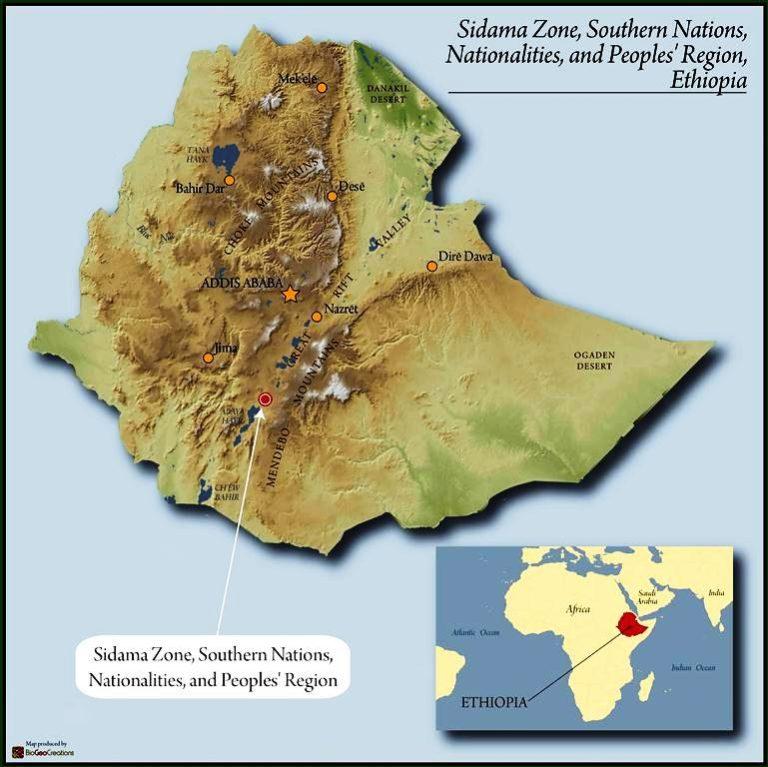
Ethiopian officials have registered only three coffee producing areas, namely, Yirgacheffe, Sidamo and Harrar.
At present, the mainstream Ethiopian boutique coffee comes from Yegashafi and Sidamo, and Harald's coffee beans are rarely on the market because of backward traffic, war and other reasons.
Coffee cultivation in Ethiopia is divided into:
● forest coffee forest coffee (8-10%), coffee trees and other crops coexist in the primeval forest, without any artificial care, farmers will pick coffee fruits regularly.
● forest-semi-forest coffee semi-forest coffee (30-35%), the coffee planting area is between the forest and the range of farmers' lives, coffee trees are naturally produced varieties like forest coffee, and farmers will manage coffee planting areas and grow other cash crops.
● pastoral coffee garden coffee (50-55%), coffee trees are planted around farmers' living areas, and most of them are grown by farmers themselves.
● Plantation Coffee plantation coffee (5-6%), a large private grower, has more treatment facilities and production capacity.
1. Yega Xuefei (boutique producing area): 1800-2000 meters above sea level (pastoral coffee system)
2. Sidamo (boutique producing area): 1400-2200m above sea level (pastoral coffee system)
3. Lim (boutique producing area): 1200m to 2000m above sea level (pastoral, forest, semi-forest, planting farm coffee system)
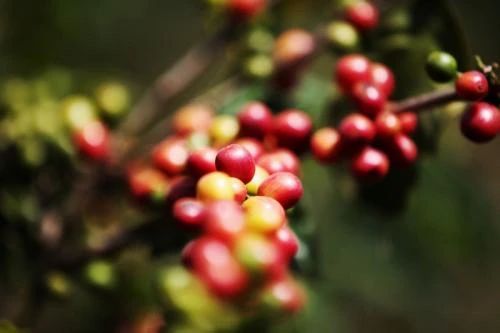
The unique flavor of Yejiaxuefei coffee beans is its rich floral aroma, delicate acidity and elegant tea taste. Yejia Xuefei treated with water washing is very clean and thorough in the presentation of flavor, while Yega Xuefei treated by the sun is asked to climb to another high-rise building in terms of fragrance concentration. Both treatments are loved by the public, and there is no distinction between pros and cons.
The coffee in Sidamo has a variety of flavors. Different soil types, microclimates and countless native coffee species, towering mountains, highlands, plateaus, valleys and plains, diverse topography, and the geology of the area belongs to nutrient-rich, well-drained volcanic soil. the depth of the soil is nearly two meters, and the surface soil is dark brown or brown. The biggest advantage of this area is that the soil fertility is maintained through the circulation of organic matter. Therefore, the coffee produced in cities and towns has obvious differences and characteristics. Sidamo Coffee beans are grayish, thick in some places and small in others, with soft and strong acidity, mellow and sweet and spicy. It is one of the courtyard coffees in the highlands of southern Ethiopia. Unlike ordinary African coffee, Sidamo has clear acidity, smooth taste and delicate floral smell.
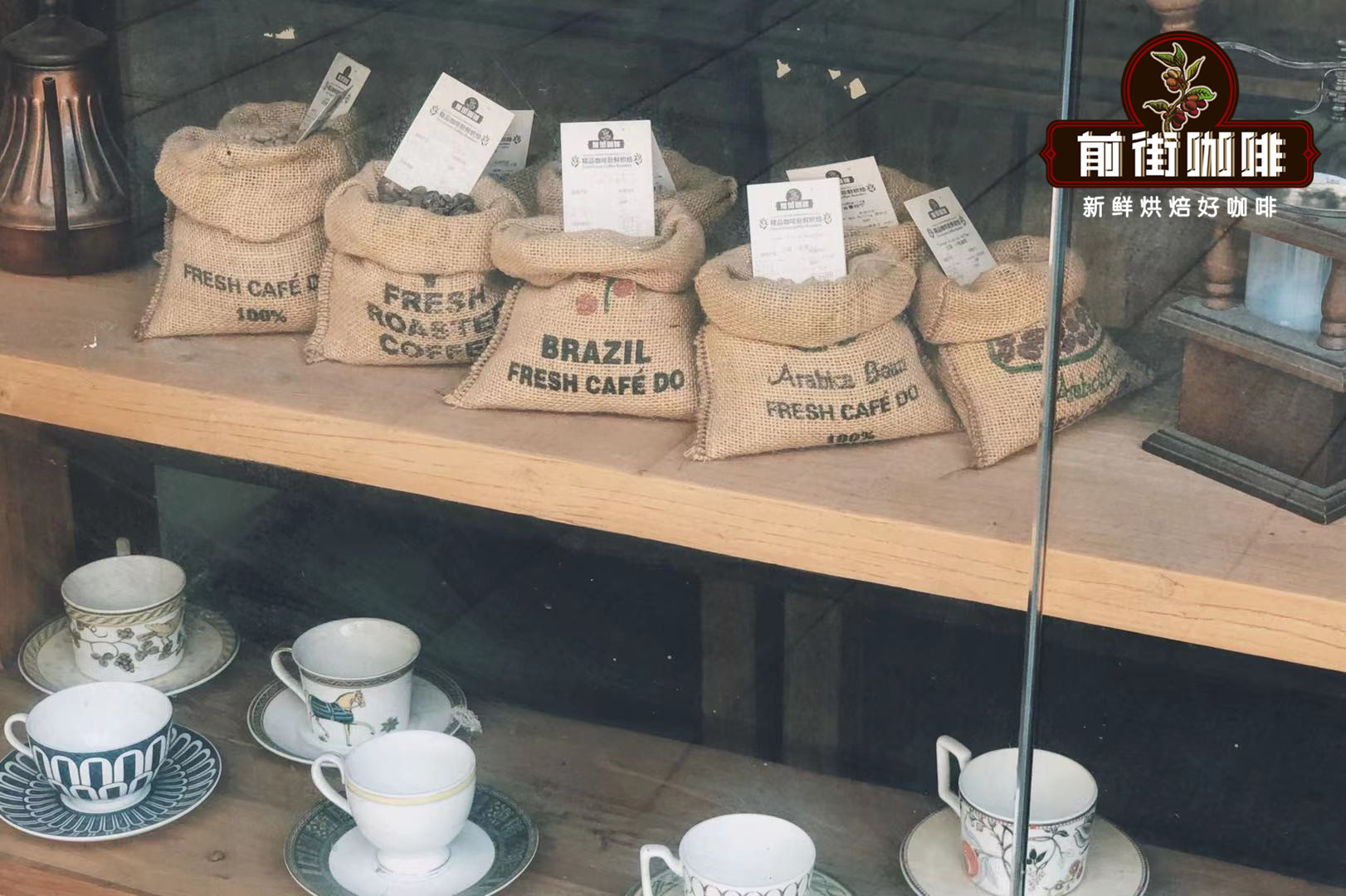
Important Notice :
前街咖啡 FrontStreet Coffee has moved to new addredd:
FrontStreet Coffee Address: 315,Donghua East Road,GuangZhou
Tel:020 38364473
- Prev
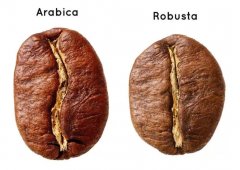
How many kinds of coffee do you have? A detailed introduction to the varieties of fine coffee beans. Coffee Knowledge Basics Teaching
With the development and change of the times, more and more people like to drink coffee, and the variety of coffee is very wide, different coffee has different tastes, the following is to introduce the types of common coffee. Coffee beans can be divided into two main types: Arabica and Robusta. Arabica: Arabica accounts for 65% to 80% of the total coffee market, and for the ring
- Next
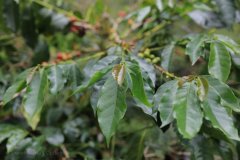
Peruvian coffee producing areas and coffee growing types are all Peruvian coffee organic?
Peru lies in the west of South America. Peru has been producing coffee since the 1700s. Peruvian coffee growers usually have small farms, but these growers have a reputation for producing high-quality shaded Arabica beans. The coffee industry is Peru's main industry, and coffee is the country's largest export. Peru is actually a major producer of organic coffee. Peru is
Related
- Detailed explanation of Jadeite planting Land in Panamanian Jadeite Manor introduction to the grading system of Jadeite competitive bidding, Red bid, Green bid and Rose Summer
- Story of Coffee planting in Brenka region of Costa Rica Stonehenge Manor anaerobic heavy honey treatment of flavor mouth
- What's on the barrel of Blue Mountain Coffee beans?
- Can American coffee also pull flowers? How to use hot American style to pull out a good-looking pattern?
- Can you make a cold extract with coffee beans? What is the right proportion for cold-extracted coffee formula?
- Indonesian PWN Gold Mandrine Coffee Origin Features Flavor How to Chong? Mandolin coffee is American.
- A brief introduction to the flavor characteristics of Brazilian yellow bourbon coffee beans
- What is the effect of different water quality on the flavor of cold-extracted coffee? What kind of water is best for brewing coffee?
- Why do you think of Rose Summer whenever you mention Panamanian coffee?
- Introduction to the characteristics of authentic blue mountain coffee bean producing areas? What is the CIB Coffee Authority in Jamaica?

